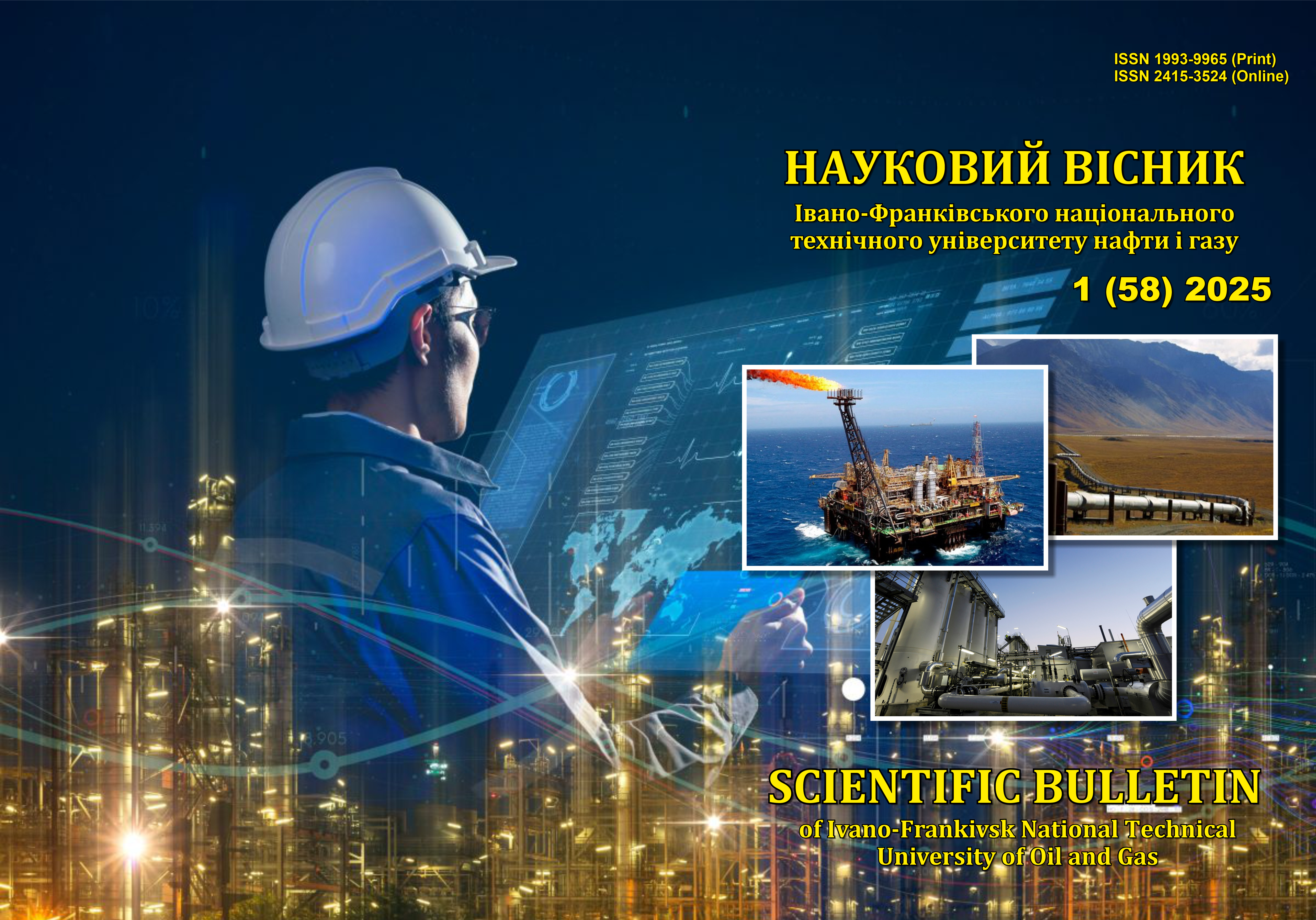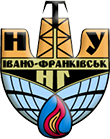З’ЄДНАННЯ ОЦИНКОВАНИХ ПРОФІЛІВ ЛЕГКИХ СТАЛЕВИХ КОНСТРУКЦІЙ МЕТОДОМ MIG-ПАЯННЯ
DOI:
https://doi.org/10.31471/1993-9965-2025-1(58)-11-18Ключові слова:
легкі сталеві конструкції; ЛСТК; MIG-паяння; термо-деформаційний цикл; міцність; жорсткість.Анотація
У сучасному будівництві легкі сталеві тонкостінні конструкції (ЛСТК) стають дедалі популярнішими завдяки своїй ефективності, низькій масі та високій швидкості монтажу. Профілі ЛСТК виготовляються із вуглецевої сталі з захисним цинковим покриттям, що забезпечує їх надійний захист від корозії. Однією з ключових технологічних проблем при будівництві конструкцій з ЛСТК є забезпечення надійних з’єднань без втрати захисного цинкового покриття. У статті розглядається технологія дугового паяння (MIG-паяння) як ефективна альтернатива для з’єднання оцинкованих елементів із зменшеним тепловим впливом і збереженням цілісності захисного шару. Основна увага приділяється аналізу традиційних методів з’єднання (болтових, заклепкових), а також дугового зварювання, їх недолікам. Традиційні з’єднання є високовартісними, а дугове – спричиняє
MIG-паянні – лише 240 °C. Це означає, що тепловий вплив зменшується на 520°C, що істотно знижує ризик вигоряння цинкового покриття та появи корозійних зон. Також було виявлено, що зменшена термічна деформація покращує точність конструкцій, що є важливим фактором при проектуванні ЛСТК. Випробування на розтяг показали, що міцність паяних з'єднань еквівалентна або перевищує міцність основного металу,
оскільки розрив зразків відбувався саме по основному матеріалу, а не в зоні з'єднання. Встановлено, що
технологія дугового паяння забезпечує достатню міцність з’єднань, а також високу корозійну стійкість швів та збереження захисного покриття в пришовній зоні. Це підтверджує надійність технології MIG-паяння, а результати досліджень можуть бути використані для розробки технологій з’єднання ЛСТК.
вигоряння цинку через високу температуру, що знижує антикорозійні властивості з’єднань. У ході експериментальних досліджень проведено порівняння термічних процесів при MAG-зварюванні та MIG-паянні. Встановлено, що при MAG-зварюванні максимальна температура у зоні шва сягає 760°C, тоді як при
Завантаження
Посилання
Hud М.І., Koval М.V., Frankiv М.R. Perevagy ta nedoliky legkyh stalevyh tonkostinnyh konstruktsii. SWordJornal.. 2024. Iss. 25, Part 2. P. 15–25. https://www.sworldjournal.com/index.php/swj/article/view/swj25-00-065. [in Ukrainian]
Arifur R., Jawadul A., Sharmin C. A State of Art Review of Light-Weight Steel Structure for Residential House Construction. Journal of Structural Engineering, its Applications and Analysis. 2022. Vol. 05. P. 2582–4384. DOI: https://doi.org/10.5281/zenodo.697610
Structural Performance of Cold-formed Steel Portal Frames with CEE and Sigma Configurations Under Monotonic Loading / S. Raj et al. International Journal of Engineering. Transactions B: Applica-tions. 2025. Vol. 38, no. 11. P. 2685–2696. DOI: https://doi.org/10.5829/ije.2025.38.11b.17
Zhang A. Enhancing Performance of Light Steel Frame Structures with Internal and External Coatings: A Finite Element Study. Journal of The Institution of Engineers (India): Series C. 2025. Vol. 106, No. 2. P. 571–584. DOI: https://doi.org/10.1007/s40032-025-01165-0
A Review on Steel Connections and Structural Behavior / J.O. Oluwafemi et al. International Conference on Engineering for Sustainable World (ICESW 2020) 10th-14th August 2020, Ota, Nigeria. IOP Conference Series: Materials Science and Engineering. 2021. Vol. 1107. Art. no. 012083. https://doi.org/10.1088/1757-899X/1107/1/012083
Wang H, Feng R, Wang K. Behavior and simplified calculation method of novel connections for assembled box-shaped steel structure. Advances in Structural Engineering. 2025. https://doi.org/10.1177/13694332251325023
Design of a Two-Layer Al–Al2O3 Coating with an Oxide Layer Formed by the Plasma Electrolytic Oxidation of Al for the Corrosion and Wear Protections of Steel / L. Ropyak et al. Progress in Physics of Metals. 2023. Vol. 24, no. 2. P. 319–365. https://doi.org/10.15407/ufm.24.02.319
Shats’kyi I. P., Shcherbii A.B. Influence of a flexible coating on the strength of a shallow shell containing a crack along the curvature line. In: V. V. Panasyuk (eds.), Fracture Mechanics of Materials and Strength of Structures, Vol. 2: Analytic Methods in the Fracture Mechanics of Materials [in Ukrainian], Kamenyar, Lviv (1999), P. 333–335.
Shatskyi I.P., Makoviichuk M.V., Shcherbii A.B. Equilibrium of Cracked Shell with Flexible Coating. In Shell Structures: Theory and Applications; CRC Press: Leiden, The Netherlands, 2018. Vol. 4. P. 165–168. https://doi.org/10.1201/9781315166605-34
Shats’kyi I.; Makoviichuk, M.; Shcherbii, A. Influence of a flexible coating on the strength of a shallow cylindrical shell with longitudinal crack. J. Math. Sci. 2019. Vol. 238. P. 165–173. https://doi.org/10.1007/s10958-019-04226-9
Shatskyi I.P., Makoviichuk M.V., Shcherbii A.B. Influence of flexible coating on the limit equilibrium of a spherical shell with meridional crack. Mater. Sci. 2020. Vol. 55, No. 4. P. 484–491. https://doi.org/10.1007/s11003-020-00329-w
A study of tensile strength of MIG welding-brazing dissimilar lap joints of mild steel and aluminum alloy / A. Beleed et al AIP Conference Proceedings. 2019. Vol. 2129. Art. no. 020171. https://doi.org/020171. 10.1063/1.5118179
Berczeli M., Weltsch Z. Experimental Studies of Different Strength Steels MIG Brazed Joints. Periodica Polytechnica Transportation Engineering. 2018. Vol. 46, No. 2. P. 63–68. https://doi.org/10.3311/PPtr.11565
Influence of Sheet Thickness and Process Parameters on the Microstructure and Mechanical Properties of Brazed Welding Used for Cold-Formed Steel Beams / I. Hulka et al. Crystals. 2025. Vol. 15, no. 4. Art. no. 354. https://doi.org/10.3390/cryst15040354
Chovet C., Guiheux S. Possibilities Offered by Mig and Tig Brazing Of Galvanized Ultra High Strength Steels For Automotive Applications. Air Liquide / C.T.A.S. France P. 1–12. URL: https://www.academia.edu/22599356/Possibilities_Offered_by_Mig_and_Tig_Brazing_of_Galvanized_Ultra_High_Strength_Steels_for_Automotive_Applications (date of access: 07.06.2025).
Matviienkiv O.M. Udoskonalennia tekhnolohii remontu polovykh mahistralnykh truboprovodiv: avtoref. dys. na zdobuttia nauk. stupenia kand. tekhn. nauk : spets. 05.15.13 "Truboprovidnyi transport, naftohazoskhovyshcha". IFNTUNH. Ivano-Frankivsk, 2017. 20 p. [in Ukrainian]
Arora, K.S., Oliveira, J.P., Asati, B. Comparative analysis of MIG brazing modes: process stability, bead morphology, microstructure, and mechanical properties International Journal of Advanced Manufacturing Technology. 2024. Vol. 135, no. (1–2). P. 137–154. DOI: https://doi.org/10.1007/s00170-024-14488-6
Ozer A., Şik A. Examining mechanical properties of galvanized sheets joined by MIG-brazing method. Materials Research Express. 2018. Vol. 5, No. 6. Art. no. 066552. DOI: https://doi.org/10.1088/2053-1591/aacd36
Basak S., Pal T.K., Shome M. High-cycle fatigue behavior of MIG brazed galvanized DP600 steel sheet joint-effect of process parameters. International Journal of Advanced Manufacturing Technology. 2016. Vol. 82 no. (5–8). P. 1197–1211. DOI: https://doi.org/10.1007/s00170-015-7451-1
Effect of heat input on corrosion behavior of automotive zinc-coated steel joint / A. Khansole
et al. International Journal of Materials Research. 2023. Vol. 114, No. (4–5). P. 425–430. DOI: https://doi.org/10.1515/ijmr-2022-0045
Prediction of phase composition and mechanical properties Fe–Cr–C–B–Ti–Cu hardfacing alloys: Modeling and experimental Validations / V. Lozynskyi et al. Heliyon. 2024. Vol. 10, No. 3. Art. no. e25199. DOI: https://doi.org/10.1016/j.heliyon.2024.e25199
##submission.downloads##
Опубліковано
Як цитувати
Номер
Розділ
Ліцензія
Авторські права....


1.png)

















